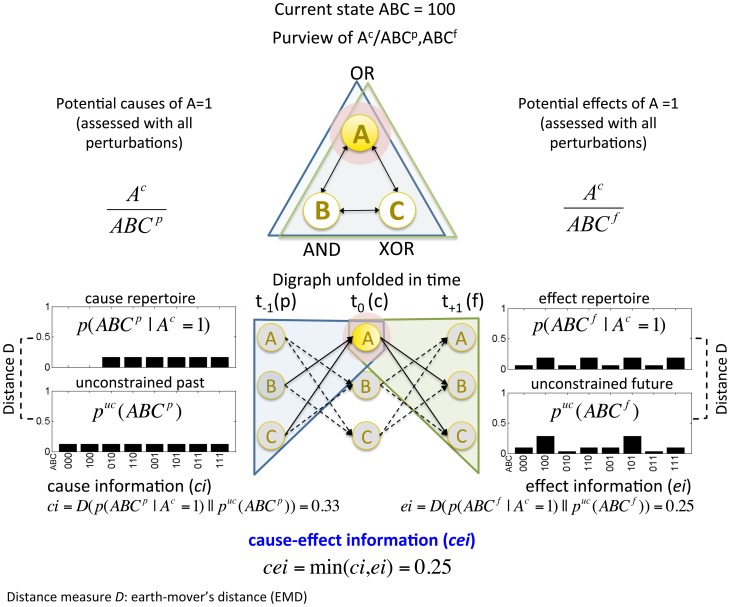Figure 4. Information: “Differences that make a difference to a system from its own intrinsic perspective.”.
A mechanism generates information by constraining the system's past and future states. (Top) The candidate set  consisting of OR, AND, and XOR gates is shown in its current state 100. We consider the purview of mechanism
consisting of OR, AND, and XOR gates is shown in its current state 100. We consider the purview of mechanism  , highlighted in red, over the set
, highlighted in red, over the set  in the past (blue) and in the future (green). (Bottom center) The same network is displayed unfolded over three time steps, from
in the past (blue) and in the future (green). (Bottom center) The same network is displayed unfolded over three time steps, from  (past),
(past),  (current) to
(current) to  (future). Gray-filled circles are undetermined states. The current state of mechanism A constrains the possible past and future system states compared to the unconstrained past and future distributions
(future). Gray-filled circles are undetermined states. The current state of mechanism A constrains the possible past and future system states compared to the unconstrained past and future distributions  . For example,
. For example,  rules out the two states where
rules out the two states where  as potential causes. The constrained distribution of past states is A's cause repertoire (left). The constrained distribution of future states is A's effect repertoire (right). Cause information (ci) is quantified by measuring the distance D between the cause repertoire and the unconstrained past repertoire
as potential causes. The constrained distribution of past states is A's cause repertoire (left). The constrained distribution of future states is A's effect repertoire (right). Cause information (ci) is quantified by measuring the distance D between the cause repertoire and the unconstrained past repertoire  ; effect information (ei) is quantified by measuring the distance D between the effect repertoire and the unconstrained future repertoire
; effect information (ei) is quantified by measuring the distance D between the effect repertoire and the unconstrained future repertoire  . Note that the unconstrained future repertoire
. Note that the unconstrained future repertoire  is not simply the uniform distribution, but corresponds to the distribution of future system states with unconstrained inputs to each element. Cause-effect information (cei) is then defined as the minimum of ci and ei.
is not simply the uniform distribution, but corresponds to the distribution of future system states with unconstrained inputs to each element. Cause-effect information (cei) is then defined as the minimum of ci and ei.

